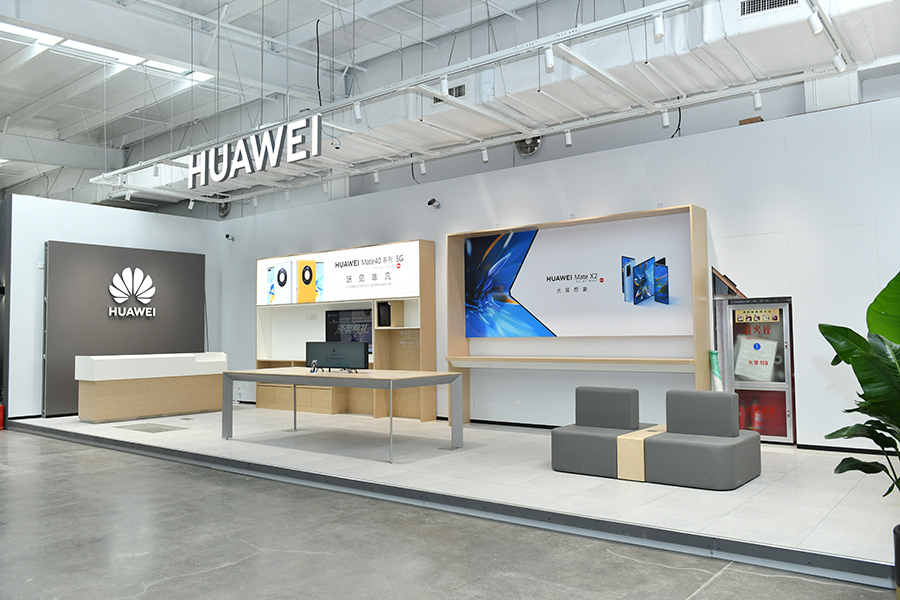نوفمبر . 10, 2024 20:19 Back to list
Analyzing Customer Purchase Patterns for Improved Business Strategies
Customer Frequency Analysis Understanding Your Clientele for Better Business Decisions
In today's competitive marketplace, understanding customer behavior is essential for businesses aiming for sustainable growth and profitability. One effective tool in this quest is customer frequency analysis, a method that helps organizations gain insights into how often customers interact with their products or services. This analysis not only enables businesses to segment their customer base but also aids in tailoring marketing strategies, improving customer retention, and enhancing overall customer experience.
What is Customer Frequency Analysis?
Customer frequency analysis involves examining how regularly customers engage with a brand, product, or service over a defined period. It typically categorizes clients based on their purchasing patterns, providing a clearer picture of who the loyal customers are versus those who may engage infrequently. The analysis often leverages data from point-of-sale systems, online transactions, and customer relationship management (CRM) tools to derive accurate insights.
The Importance of Customer Frequency Analysis
Understanding customer frequency is vital for several reasons
1. Identifying Loyalty By analyzing how frequently customers return, businesses can identify loyal clients who contribute significantly to revenue. This insight allows companies to reward these customers through loyalty programs or special promotions, fostering a deeper relationship.
2. Segmenting Customers Not all customers are created equal. Frequency analysis helps differentiate between heavy users, moderate shoppers, and those who only make occasional purchases. Such segmentation is crucial for creating targeted marketing campaigns that speak to the needs and preferences of each group.
3. Improving Customer Retention Customers who engage frequently signifying satisfaction with a product or service. By understanding what drives these repeat visits, businesses can enhance their offerings. Additionally, identifying the reasons behind the decline in frequency for certain segments can lead to strategies that improve retention rates.
4. Optimizing Inventory and Operations Frequent purchase patterns can help businesses forecast demand more accurately. When companies understand when customers are most likely to buy, they can optimize inventory and staffing levels to meet demand without overextending resources.
customer frequency analysis

5. Enhancing Customer Experience Insights derived from frequency analysis can help improve the overall customer experience. For instance, understanding peak times for visits can lead to better in-store experiences, while online businesses might optimize their website’s user interface based on when customers are most active.
Implementing Customer Frequency Analysis
To effectively implement customer frequency analysis, businesses should follow these steps
1. Data Collection Gather data from various touchpoints—point-of-sale systems, e-commerce platforms, and customer surveys. The more comprehensive the data, the better the analysis will be.
2. Establish Time Frames Define the periods for analysis—monthly, quarterly, or annually—as this can impact the insights gained.
3. Use Analytical Tools Employ data analysis tools and software that can handle large datasets, providing insights through visualizations and reports that are easy to interpret.
4. Create Customer Segments Analyze the data to categorize customers based on frequency of purchases. Consider other factors like purchase amount and product preferences for deeper insights.
5. Monitor and Adjust Frequency analysis is not a one-time task. Continuously monitor customer behavior and adjust strategies as needed to foster engagement and retention.
Conclusion
Customer frequency analysis offers businesses a roadmap to understanding customer behavior deeply. By segmenting clientele based on how often they interact with the brand, companies can tailor their marketing efforts, improve customer loyalty, and optimize operational efficiencies. In an era where customer experience is paramount, leveraging frequency analysis can provide a competitive edge, ensuring that businesses not only meet but exceed customer expectations.
-
The Benefits of Electronic Shelf Labels for Modern Stores
NewsJul.01,2025
-
Space-Saving Retail Store Furniture Designs for Small Shops
NewsJul.01,2025
-
Slatwall vs. Gridwall: Which Store Fixture is Right for Your Business?
NewsJul.01,2025
-
Shop Fittings: Essential Elements for a Functional Retail Space
NewsJul.01,2025
-
How to Design a Minimalist Cosmetic Shop Display
NewsJul.01,2025
-
Creative Clothes Shop Display Ideas to Attract More Customers
NewsJul.01,2025


















































































































